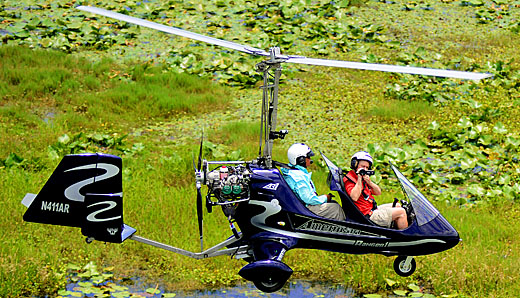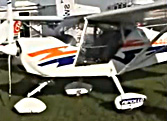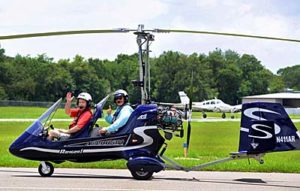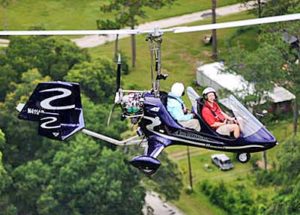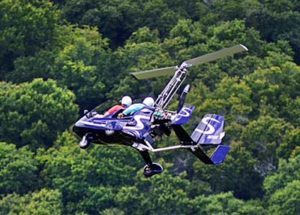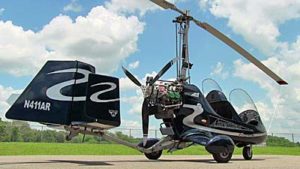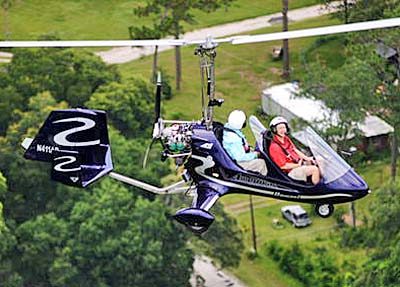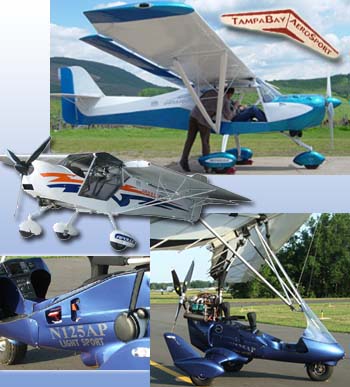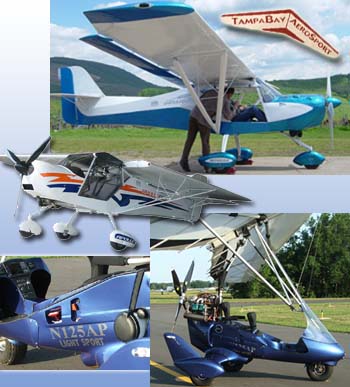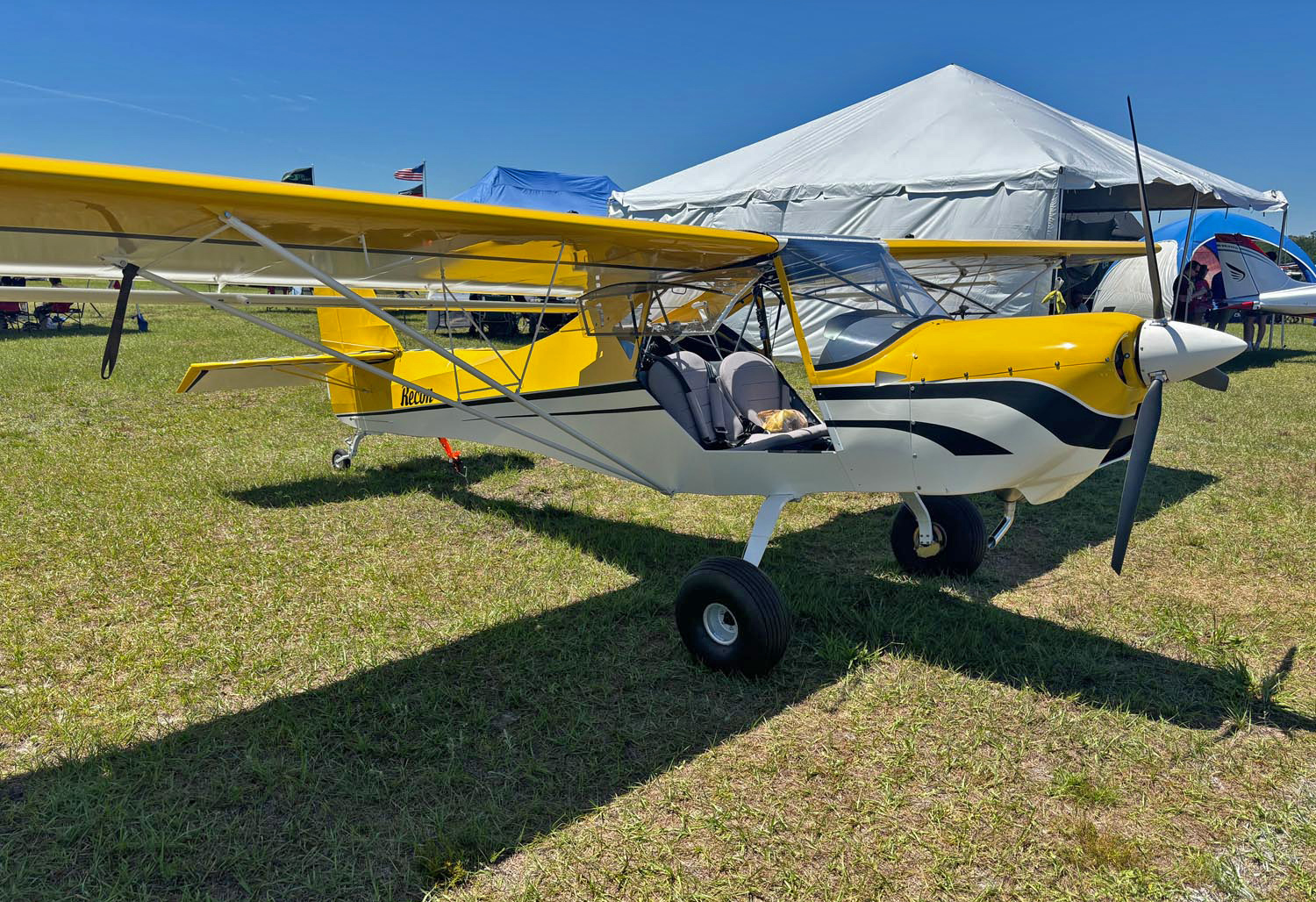
Silverlight Aviation’s new Recon EAB high wing is promising pilots versatility and economy. The plane was just unveiled this week at Sun ‘n Fun, and ordering now can reportedly have you traveling to Zephyrhills Municipal Airport in Florida in four months to build it. The starting price of $110,000 includes a Rotax 912uls and a build assist which reportedly gets you a plane in 17 days. The folding-wing Recon can be built as a tri-wheel or tail dragger, and the starting payload of 600+ lb allows you to trade payload for tundra tires if you want to go backcountry flying. “This plane was modeled on the Apollo LSA,” said Silverlight owner Abid Farooqui. “We stretched it out a little, made a wider cabin, added to the wingspan, and changed the airfoil to improve its efficiency.” The result, Farooqui says, is a plane that has a real world payload, can cruise at 90-100 knots, and stall at 37 kt clean or 33 kt with flaperons engaged.


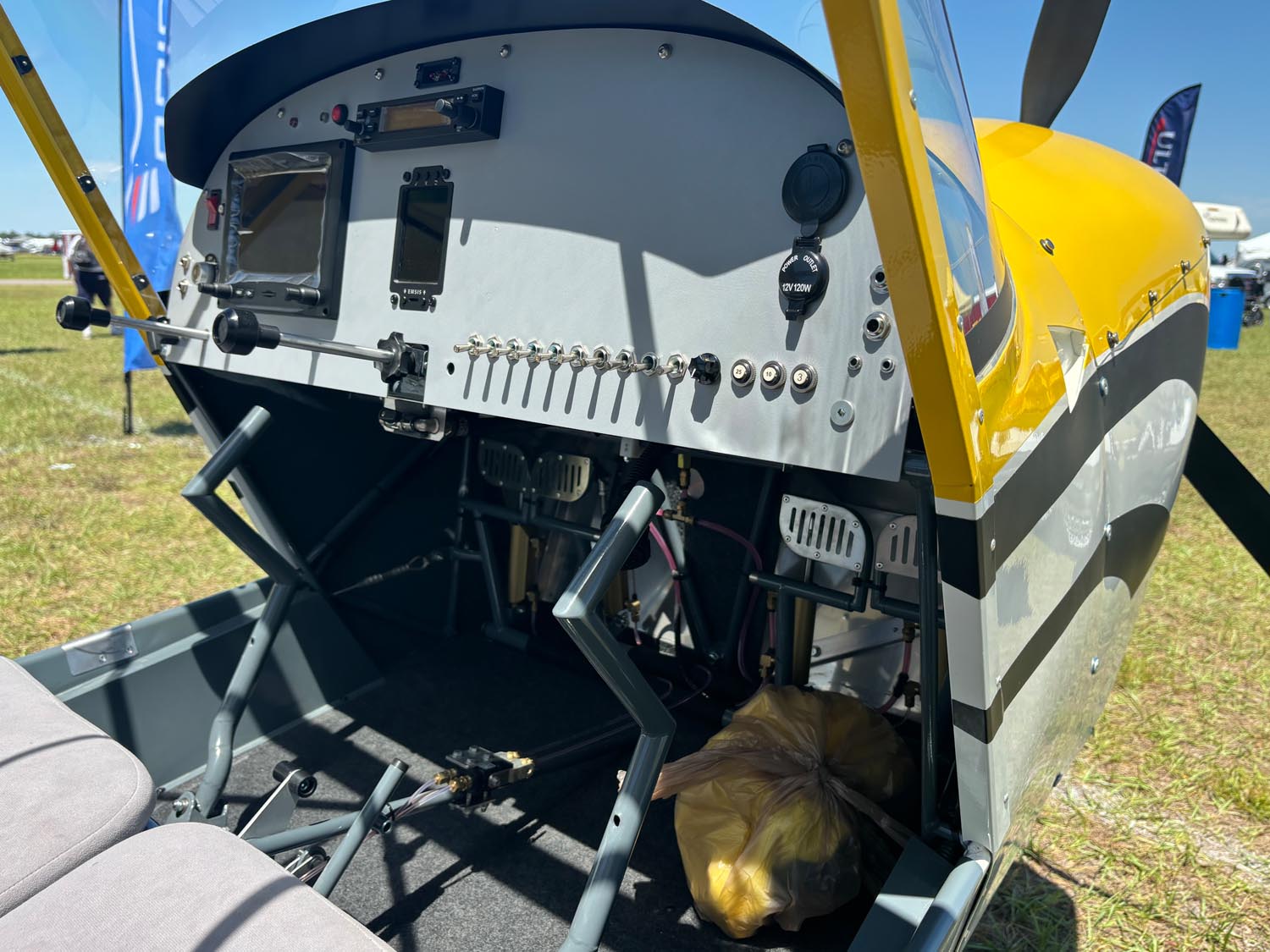
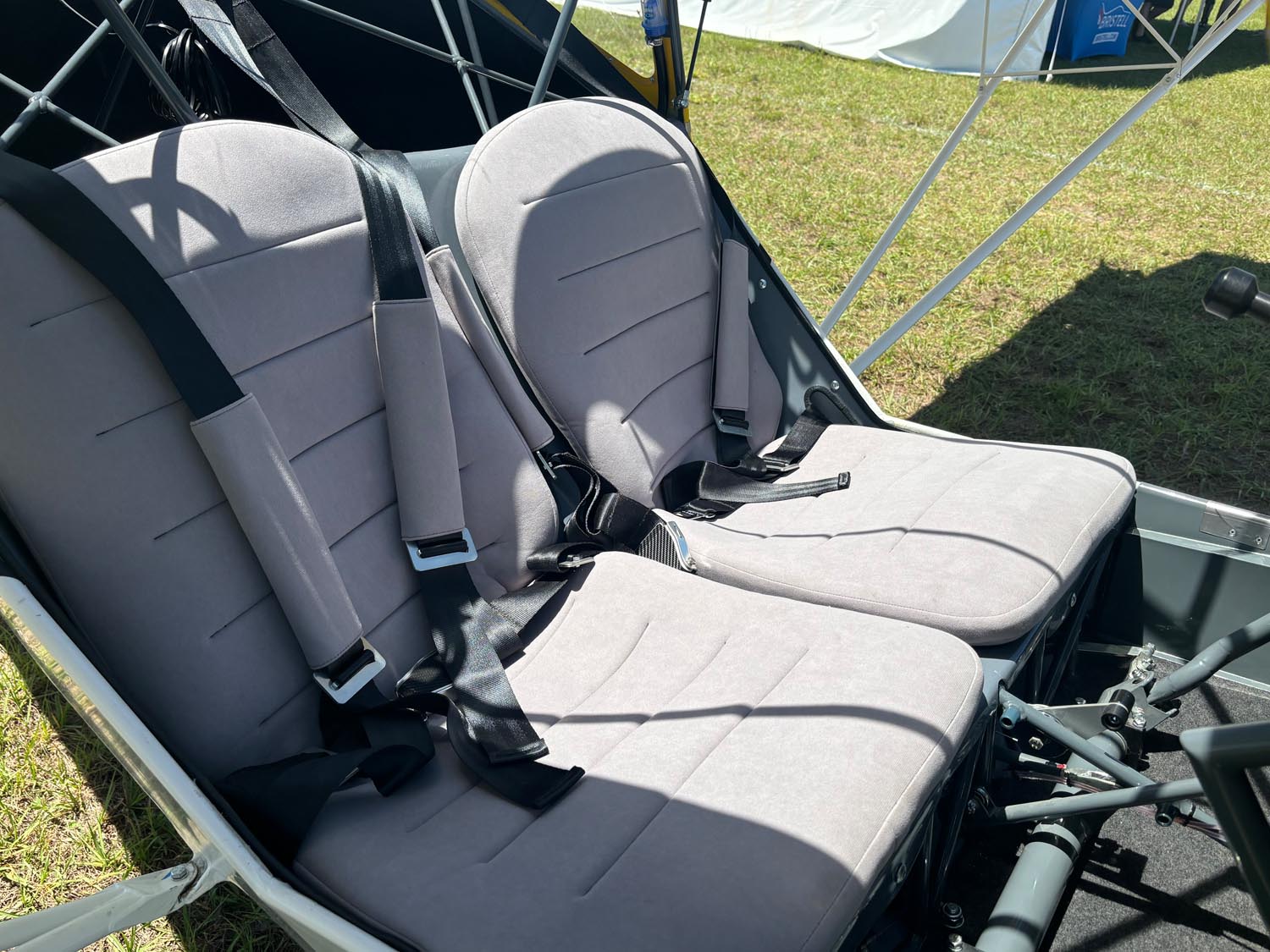
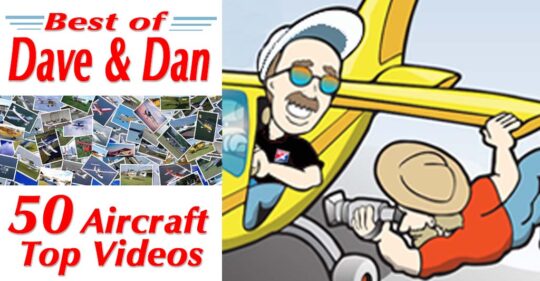 The preferred term these days is "gyroplane." Names aside, what pilots care about is having fun in the air and being able to afford a flying machine. When an aircraft also looks terrific, heads turn.
The preferred term these days is "gyroplane." Names aside, what pilots care about is having fun in the air and being able to afford a flying machine. When an aircraft also looks terrific, heads turn.
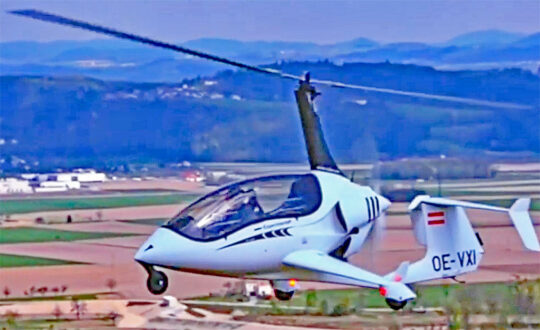 From eleven years ago comes the #3 in our list of
From eleven years ago comes the #3 in our list of 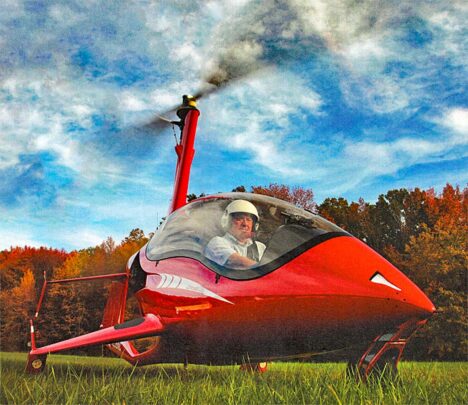 Great detail is unnecessary since you cannot buy a new ArrowCopter and I know of no used ones for sale although at least two were sold into the United States (they appear in pictures). Still, it's worthwhile to look at some of its unique qualities.
American gyroplane enthusiasts first saw ArrowCopter back in 2014, only three years after its maiden flight. If you were at Bensen Days that year and admired ArrowCopter, you may be aware you've seen nothing since.
Great detail is unnecessary since you cannot buy a new ArrowCopter and I know of no used ones for sale although at least two were sold into the United States (they appear in pictures). Still, it's worthwhile to look at some of its unique qualities.
American gyroplane enthusiasts first saw ArrowCopter back in 2014, only three years after its maiden flight. If you were at Bensen Days that year and admired ArrowCopter, you may be aware you've seen nothing since.
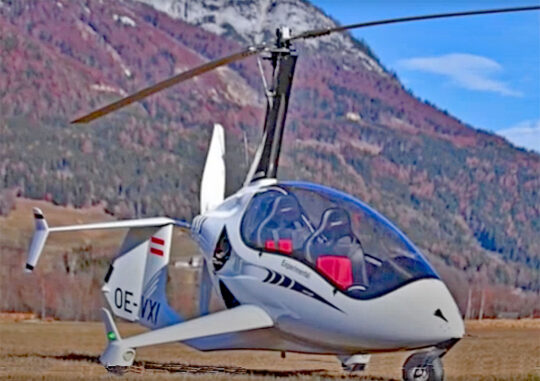 ArrowCopter's aerodynamically shaped landing gear strakes provide lift in horizontal flight, claimed some reviewers, and serve as fuel tanks. This design feature is one of several distinctive ideas that ArrowCopter designer Dietmar Fuchs incorporated.
As ArrowCopter accelerated down the runway, pilots looked for 60 mph (52 knots) and 340 rotor rpm. At that point ArrowCopter is ready to launch. Climb out occurs at 60 mph while cruise speed is 99 mph (86 knots). ArrowCopter's never-exceed speed was 120 mph (104 knots).
Non-gyroplane pilots may not find that particularly fast. Certainly, it is not compared to a fixed-wing, high-powered mLSA aircraft. As gyros go, though, that's fairly quick. It's smooth lines explain much.
What you should know is that gyroplanes are some of the best aircraft in recreational aviation at performing well in stronger winds. This is true of all gyroplanes, not only ArrowCopter.
ArrowCopter's aerodynamically shaped landing gear strakes provide lift in horizontal flight, claimed some reviewers, and serve as fuel tanks. This design feature is one of several distinctive ideas that ArrowCopter designer Dietmar Fuchs incorporated.
As ArrowCopter accelerated down the runway, pilots looked for 60 mph (52 knots) and 340 rotor rpm. At that point ArrowCopter is ready to launch. Climb out occurs at 60 mph while cruise speed is 99 mph (86 knots). ArrowCopter's never-exceed speed was 120 mph (104 knots).
Non-gyroplane pilots may not find that particularly fast. Certainly, it is not compared to a fixed-wing, high-powered mLSA aircraft. As gyros go, though, that's fairly quick. It's smooth lines explain much.
What you should know is that gyroplanes are some of the best aircraft in recreational aviation at performing well in stronger winds. This is true of all gyroplanes, not only ArrowCopter.
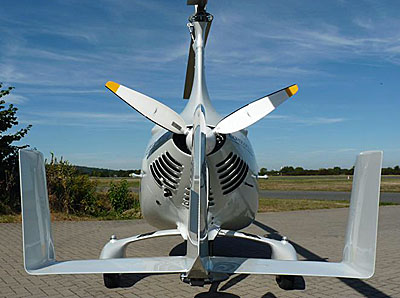
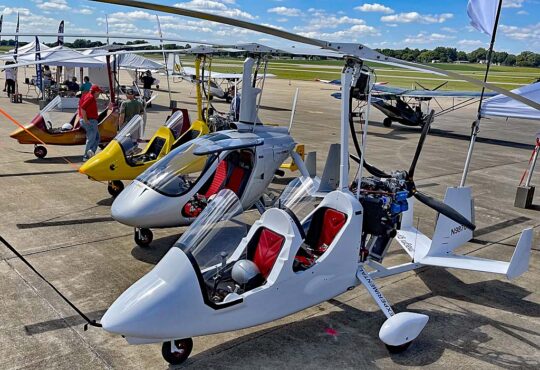
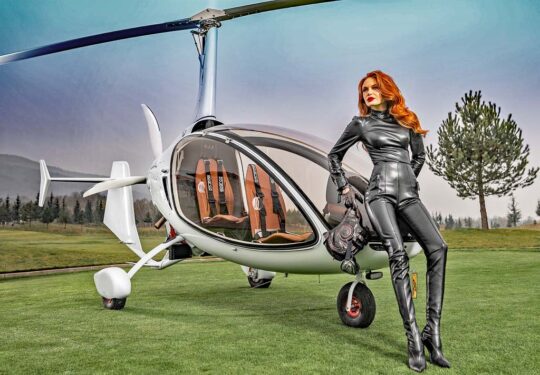
 Here is the video that ranked so high with YouTube enthusiasts:
https://youtu.be/FvBBV6d1fEM
Here is the video that ranked so high with YouTube enthusiasts:
https://youtu.be/FvBBV6d1fEM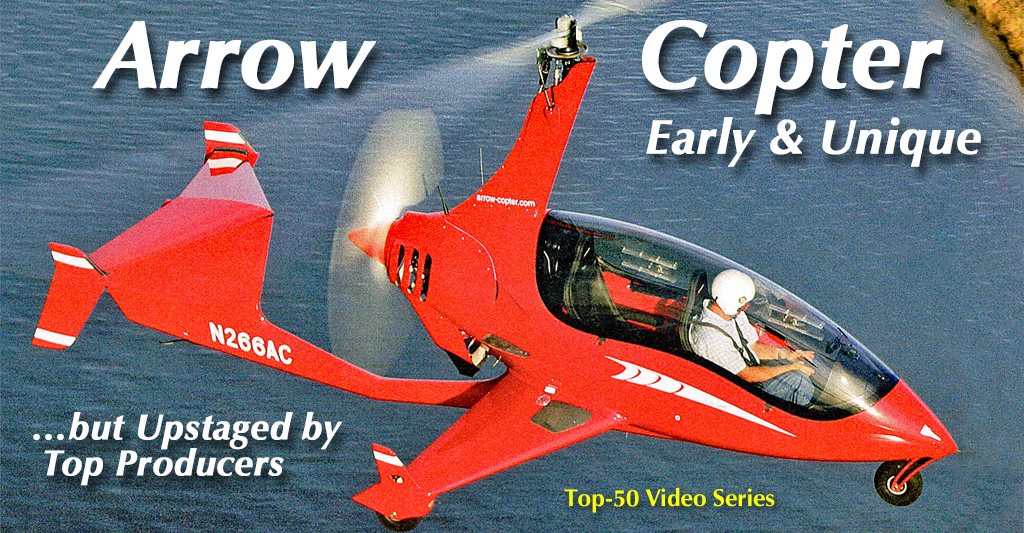
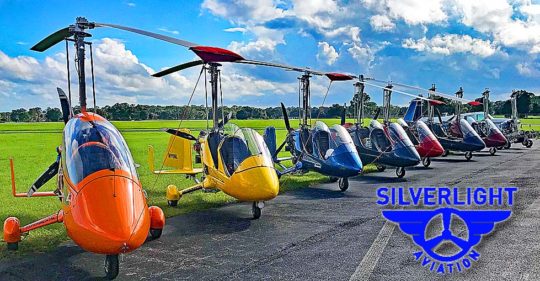 The first requirement is understandable. It's all fine and good to wish you could buy something but if it's way out of your price range or if you simply cannot commit to a large purchase right now, it isn't likely to happen… and after all, who doesn't love a good price?
The second requirement addresses human nature. Once you've made your decision you want it as fast as you can get it. Most of us feel that way about most products we research.
The first requirement is understandable. It's all fine and good to wish you could buy something but if it's way out of your price range or if you simply cannot commit to a large purchase right now, it isn't likely to happen… and after all, who doesn't love a good price?
The second requirement addresses human nature. Once you've made your decision you want it as fast as you can get it. Most of us feel that way about most products we research.
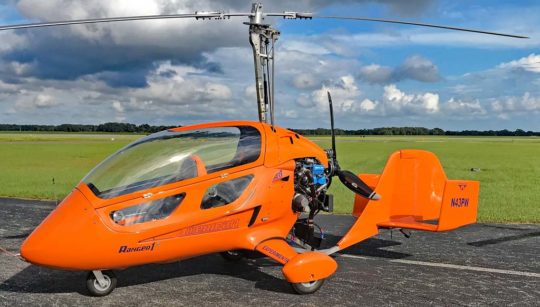 However, when a brand-new airplane stays or slips below the $100,000 mark, lots more pilots can think about affording it. If six figures is still way too high, please read all kinds of articles on this website for highly-affordable aircraft (I covered 10 in April 2020 alone;
However, when a brand-new airplane stays or slips below the $100,000 mark, lots more pilots can think about affording it. If six figures is still way too high, please read all kinds of articles on this website for highly-affordable aircraft (I covered 10 in April 2020 alone; 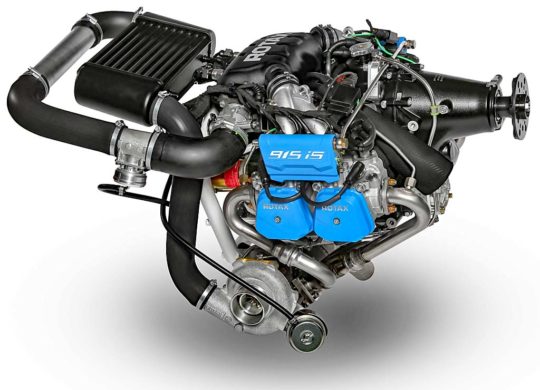 More recently, he turned his attention to the
More recently, he turned his attention to the 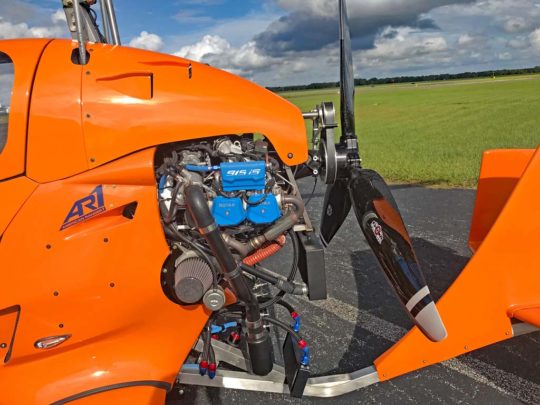 SilverLight offers a build-assist center at their Zephyrhills airport base near Tampa, Florida. Yet the kit is not a particularly daunting task. For one, you need do no fabric work or painting, two skills that are fairly demanding of a kit builder.
The good news… a kit can save money so if affordability is important to you, assembling a kit may be an opportunity, not a deterrent. As a benefit, you will know your aircraft better than someone who buys a ready-to-fly aircraft.
The AR-1 kit stats at $39,500 without engine. A 100 horsepower Rotax 912 will add $22,500, or a fuel-injected 912iS adds $28,000. The 115-horsepower Rotax 914 adds $31,500 and the super-sized 915iS adds $42,000. Those price sum to $62,000 to $67,500 to $71,000 to $81,500.
SilverLight offers a build-assist center at their Zephyrhills airport base near Tampa, Florida. Yet the kit is not a particularly daunting task. For one, you need do no fabric work or painting, two skills that are fairly demanding of a kit builder.
The good news… a kit can save money so if affordability is important to you, assembling a kit may be an opportunity, not a deterrent. As a benefit, you will know your aircraft better than someone who buys a ready-to-fly aircraft.
The AR-1 kit stats at $39,500 without engine. A 100 horsepower Rotax 912 will add $22,500, or a fuel-injected 912iS adds $28,000. The 115-horsepower Rotax 914 adds $31,500 and the super-sized 915iS adds $42,000. Those price sum to $62,000 to $67,500 to $71,000 to $81,500.
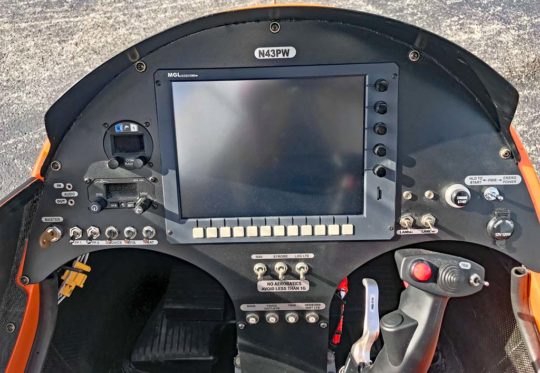 You'll also need a wiring harness (about $2,500), and painting of the fuselage parts adds $3,500, and avionics add a few hundred dollars to a few thousand with too many choices to list here. A few other options may tempt you, for example, the removable full enclosure for $8,500.
Builder assistance — including the space and tools needed — will add $6,500 to $8,500 depending on options you choose.
So you could possibly spend north of $100,000 but you'd have a fully-loaded and very powerful aircraft. Conversely, if you want to keep the cost to a minimum, you could get airborne for perhaps $75,000-80,000 and at that price, you are still in the affordable realm for a brand-new state-of-the-gyroplane-art. Factory-represented used models with low hours may save even more.
You'll also need a wiring harness (about $2,500), and painting of the fuselage parts adds $3,500, and avionics add a few hundred dollars to a few thousand with too many choices to list here. A few other options may tempt you, for example, the removable full enclosure for $8,500.
Builder assistance — including the space and tools needed — will add $6,500 to $8,500 depending on options you choose.
So you could possibly spend north of $100,000 but you'd have a fully-loaded and very powerful aircraft. Conversely, if you want to keep the cost to a minimum, you could get airborne for perhaps $75,000-80,000 and at that price, you are still in the affordable realm for a brand-new state-of-the-gyroplane-art. Factory-represented used models with low hours may save even more.
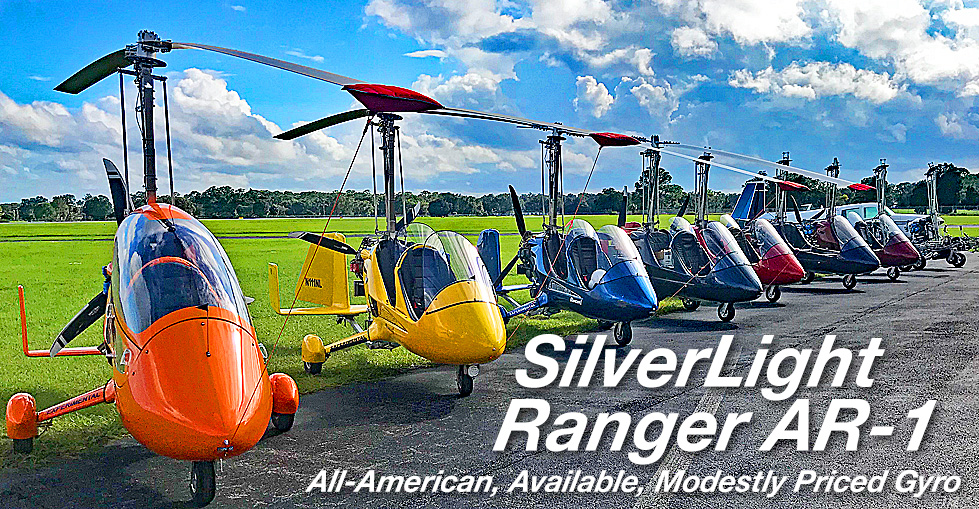
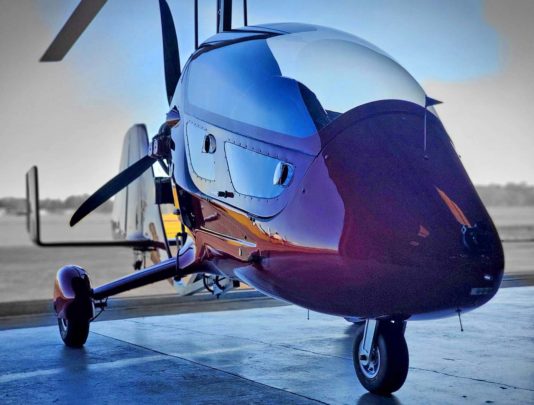 First, a gyroplane can be flown by a Sport Pilot. Other than
First, a gyroplane can be flown by a Sport Pilot. Other than 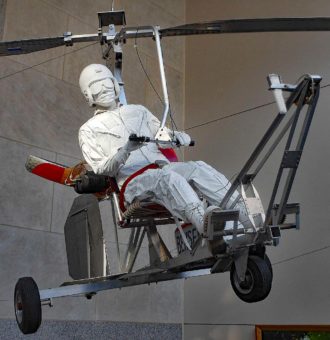
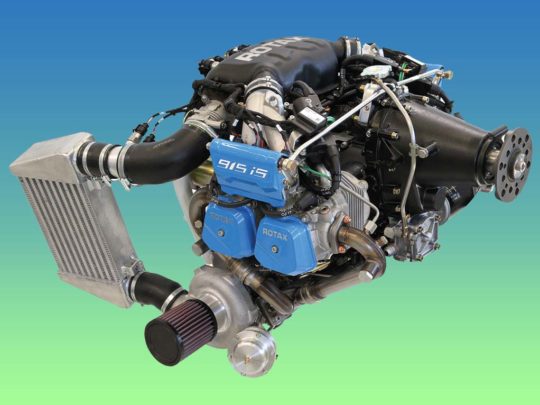 Company leader, Abid Farooqui, notes that Rotax's newest powerplant requires use of an EFIS (Electronic Flight Information System, or digital screen avionics) for engine monitoring that can interface with 915's electronic engine monitoring. Analog gauges are not an option with use of this engine. The lowest cost and simplest EFIS is
Company leader, Abid Farooqui, notes that Rotax's newest powerplant requires use of an EFIS (Electronic Flight Information System, or digital screen avionics) for engine monitoring that can interface with 915's electronic engine monitoring. Analog gauges are not an option with use of this engine. The lowest cost and simplest EFIS is 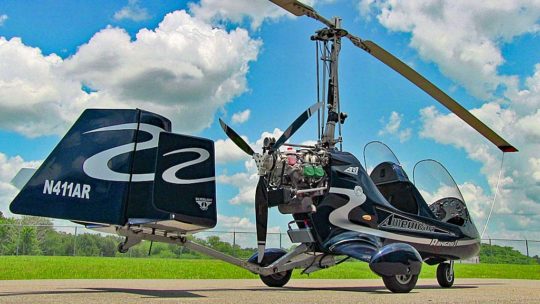 I will link to a video with much more detail but as one example, Rotax's powerful engine has a turbocharger. Those air boosters make air hotter so an intercooler is needed. The trouble with these components is they have to be securely mounted and a gyroplane like AR-1 is slim, so Abid did not want a big intercooler sticking out and upsetting the lines and low drag of his design. As the video below shows, he went to considerable effort to clean up the 915 installation.
To learn all about the many actions Abid took to install Rotax 915s into his aircraft, see
I will link to a video with much more detail but as one example, Rotax's powerful engine has a turbocharger. Those air boosters make air hotter so an intercooler is needed. The trouble with these components is they have to be securely mounted and a gyroplane like AR-1 is slim, so Abid did not want a big intercooler sticking out and upsetting the lines and low drag of his design. As the video below shows, he went to considerable effort to clean up the 915 installation.
To learn all about the many actions Abid took to install Rotax 915s into his aircraft, see 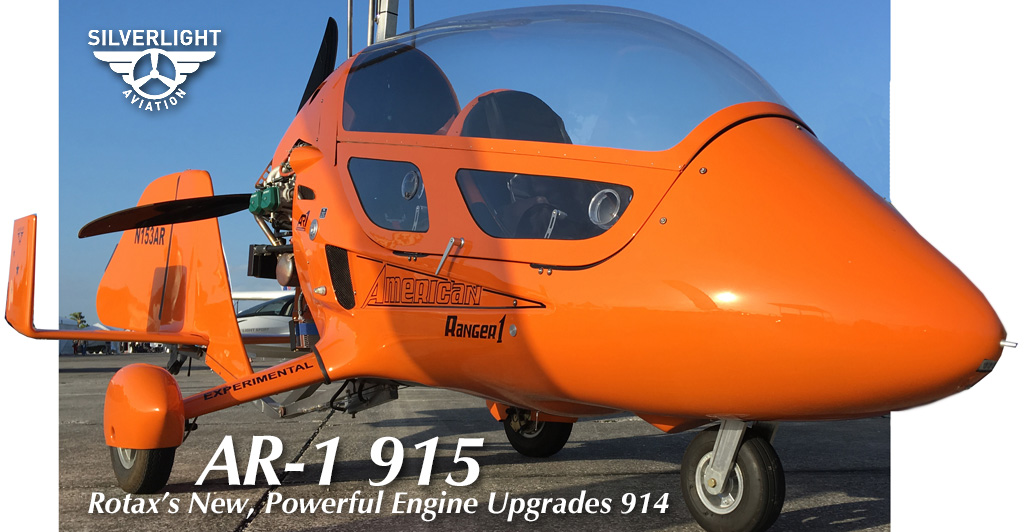
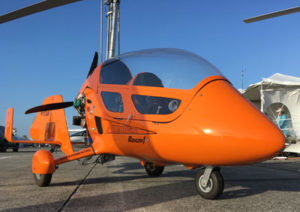 "No dice," said FAA! With perspective, it turned out only a small group was opposed but so strong was their hand at the time that FAA leadership could not break the logjam. Now, that appears to be solved. I write "appears" as we won't know for certain until FAA releases their NPRM on the program widely known as MOSAIC. Best guess, this won't come for at least a couple more years but the plans inside FAA are maintaining support at the highest levels of the agency and that gyroplane logjam definitely appears to be loosening. Amen! That was a long time coming.
Maybe you don't care. Maybe you aren't interested in rotor-winged aircraft. I didn't think I was either until I flew a few of these and most recently got some worthy instruction from Greg Spicola, who does gyro flight instruction and transition training for SilverLight.
"No dice," said FAA! With perspective, it turned out only a small group was opposed but so strong was their hand at the time that FAA leadership could not break the logjam. Now, that appears to be solved. I write "appears" as we won't know for certain until FAA releases their NPRM on the program widely known as MOSAIC. Best guess, this won't come for at least a couple more years but the plans inside FAA are maintaining support at the highest levels of the agency and that gyroplane logjam definitely appears to be loosening. Amen! That was a long time coming.
Maybe you don't care. Maybe you aren't interested in rotor-winged aircraft. I didn't think I was either until I flew a few of these and most recently got some worthy instruction from Greg Spicola, who does gyro flight instruction and transition training for SilverLight.
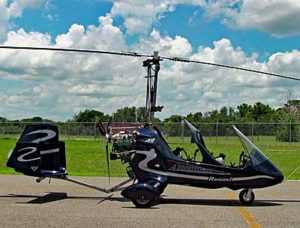 Abid Farooqui's
Abid Farooqui's 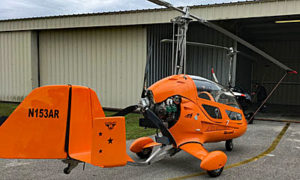 Along came European developers like Italy's Magni Gyro and Germany's AutoGyro, followed by several others. They made numerous improvements but among them was the now-standard tailplane located further aft and with more vertical area. That and better pilot preparation resulted in a much better safety record and European pilots began to embrace these aircraft.
Sales took off, so much so that leading engine producer Rotax reported more 9-series engines were being sold to gyroplane builders than any other aircraft subgroup. American entrepreneurs took note, Abid Farooqui's SilverLight among them.
Along came European developers like Italy's Magni Gyro and Germany's AutoGyro, followed by several others. They made numerous improvements but among them was the now-standard tailplane located further aft and with more vertical area. That and better pilot preparation resulted in a much better safety record and European pilots began to embrace these aircraft.
Sales took off, so much so that leading engine producer Rotax reported more 9-series engines were being sold to gyroplane builders than any other aircraft subgroup. American entrepreneurs took note, Abid Farooqui's SilverLight among them.
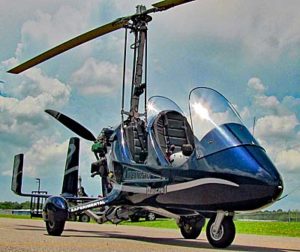 The video below conveys more information I learned in a training session with Greg in the fully enclosed
The video below conveys more information I learned in a training session with Greg in the fully enclosed 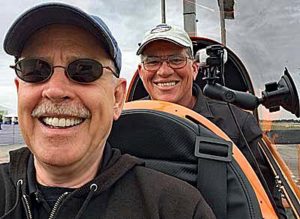 That said, FAA is to be commended for finally including fully built Special LSA gyroplanes in their proposed new regulation.
Given their general ease of operation, excellent performance in winds too strong for some light aircraft, compact storage in a hangar or trailer, and the relatively modest cost of acquiring a gyroplane, it seems likely we will see more of these aircraft in the years ahead.
Here's our Video Pilot Report flying the SilverLight AR-1 Ranger with full enclosure:
https://youtu.be/qIJPGX0G1Tc
That said, FAA is to be commended for finally including fully built Special LSA gyroplanes in their proposed new regulation.
Given their general ease of operation, excellent performance in winds too strong for some light aircraft, compact storage in a hangar or trailer, and the relatively modest cost of acquiring a gyroplane, it seems likely we will see more of these aircraft in the years ahead.
Here's our Video Pilot Report flying the SilverLight AR-1 Ranger with full enclosure:
https://youtu.be/qIJPGX0G1Tc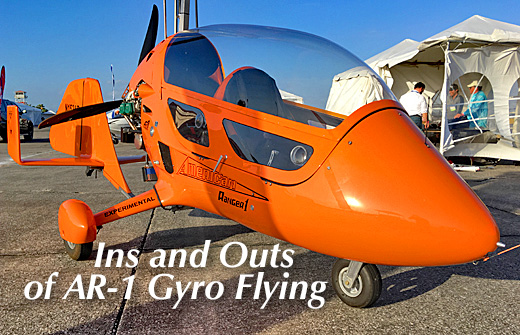
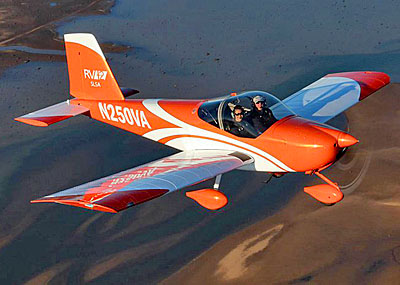 If you follow light aviation intently as many readers do, knowing what aircraft and subgroups (within LSA and SP kits
If you follow light aviation intently as many readers do, knowing what aircraft and subgroups (within LSA and SP kits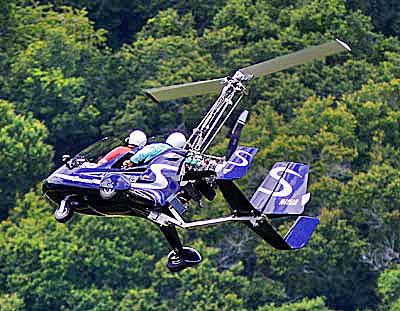 Why? We don't claim to have all the answers but regular surveying of exhibitors at airshows revealed that many sellers say, "The market is good. People are buying." Of course, this is anecdotal not scientific but we heard it from enough vendors to believe they're feeling good about their enterprises. Many pilots backed up this finding with their own, personal assessment.
If you want to do your own analysis, you certainly can using our completely free-of-charge
Why? We don't claim to have all the answers but regular surveying of exhibitors at airshows revealed that many sellers say, "The market is good. People are buying." Of course, this is anecdotal not scientific but we heard it from enough vendors to believe they're feeling good about their enterprises. Many pilots backed up this finding with their own, personal assessment.
If you want to do your own analysis, you certainly can using our completely free-of-charge 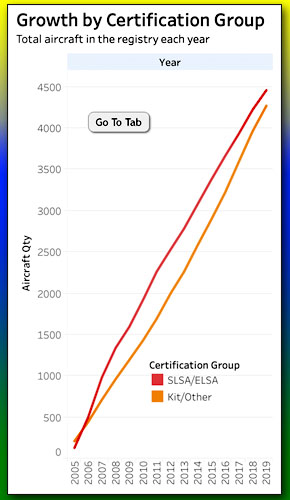 This is the first time you've seen this because earlier, we segmented SLSA from ELSA from SP kits. This made it appear kits were growing faster than the LSA groups. In fact, they are nearly matched with kit-built aircraft.
Viewing all light aircraft as a group, Steve noted, "The same six brands continue to lead the pack." He refers to the full fleet of light aircraft a Sport Pilot may fly — led by kit-built aircraft producers: Zenair/Zenith, Van's, Rans, Sonex, and Kitfox plus SLSA builder,
This is the first time you've seen this because earlier, we segmented SLSA from ELSA from SP kits. This made it appear kits were growing faster than the LSA groups. In fact, they are nearly matched with kit-built aircraft.
Viewing all light aircraft as a group, Steve noted, "The same six brands continue to lead the pack." He refers to the full fleet of light aircraft a Sport Pilot may fly — led by kit-built aircraft producers: Zenair/Zenith, Van's, Rans, Sonex, and Kitfox plus SLSA builder, 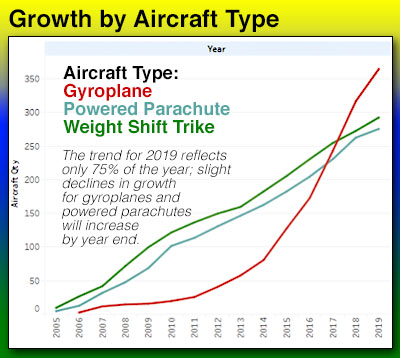 Using
Using 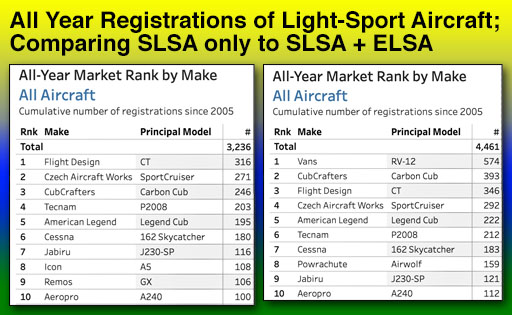 However, fixed wing continue to be, by far, the biggest group of LSA (partly as very few kit-built aircraft are "alternative" types).
Among Special (fully built) LSA, Flight Design continues atop the ranking. They enjoyed a phenomenal start back in 2005-2006 and have never lost their leadership position. American Legend, Czech Sport Aircraft, CubCrafters, Tecnam, and
However, fixed wing continue to be, by far, the biggest group of LSA (partly as very few kit-built aircraft are "alternative" types).
Among Special (fully built) LSA, Flight Design continues atop the ranking. They enjoyed a phenomenal start back in 2005-2006 and have never lost their leadership position. American Legend, Czech Sport Aircraft, CubCrafters, Tecnam, and 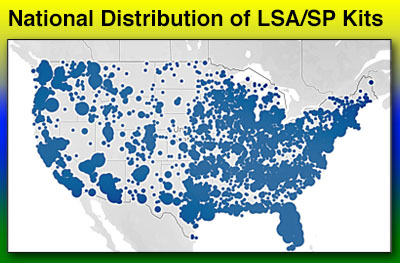 As we head into the final quarter of 2019 — and the final LSA show of the year, the
As we head into the final quarter of 2019 — and the final LSA show of the year, the 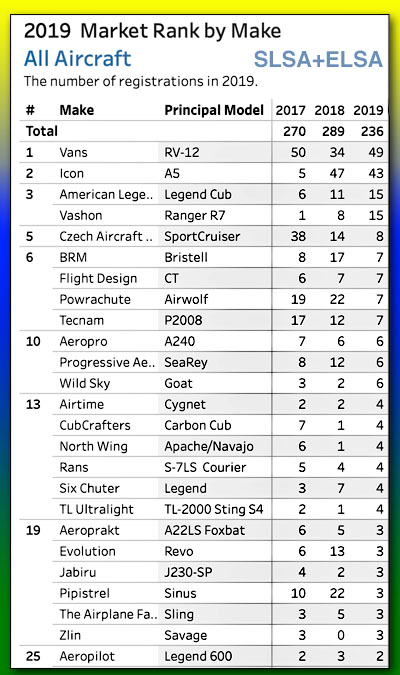
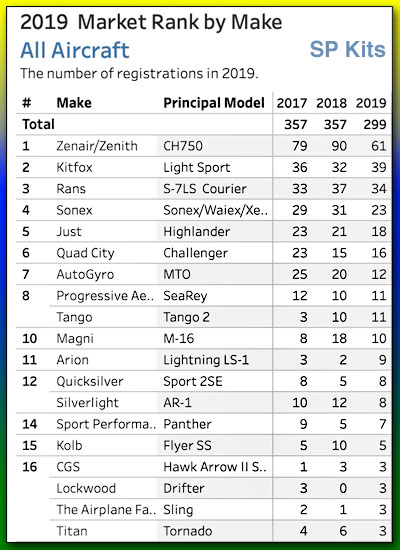

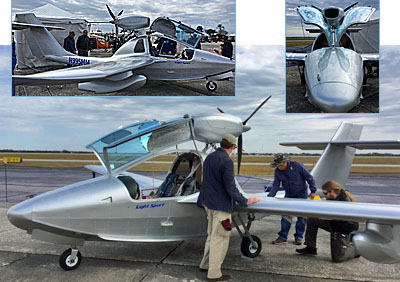
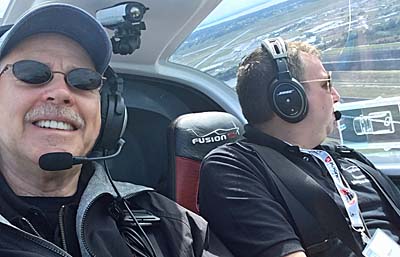
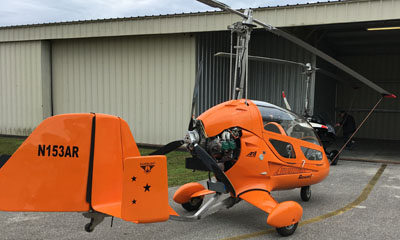
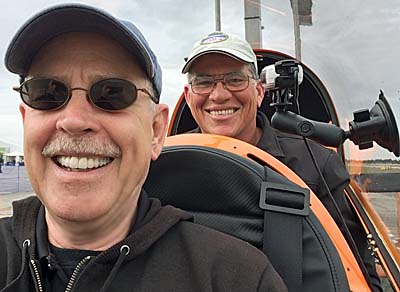
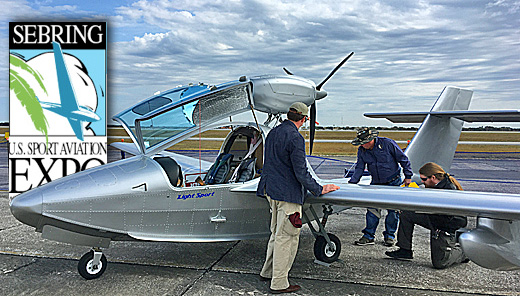
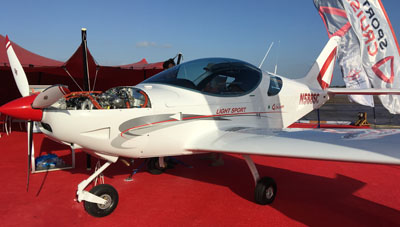
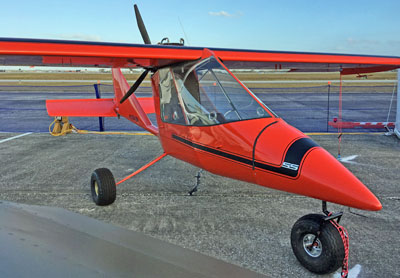
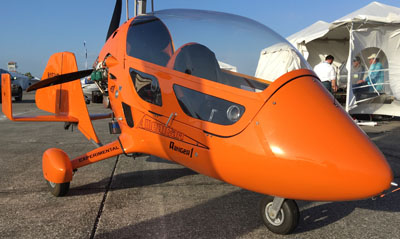
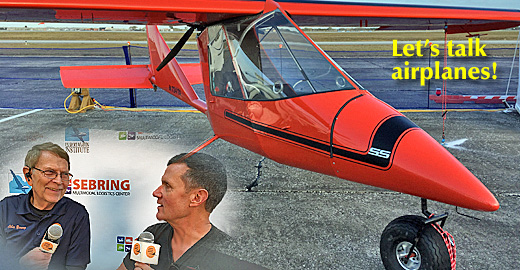
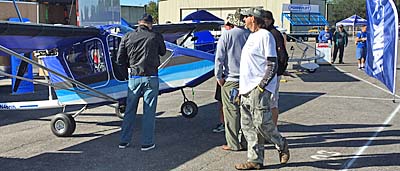
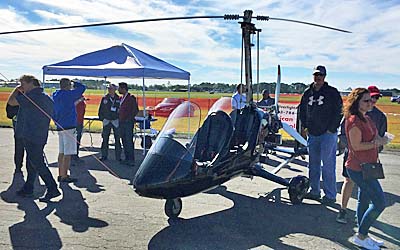
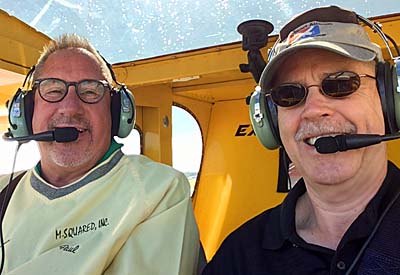
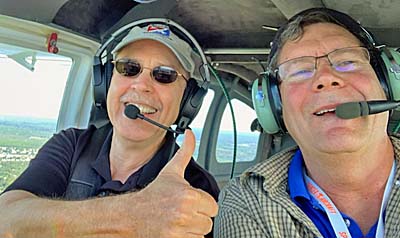
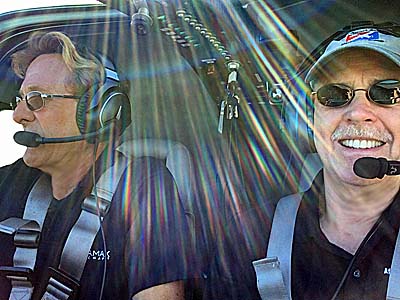
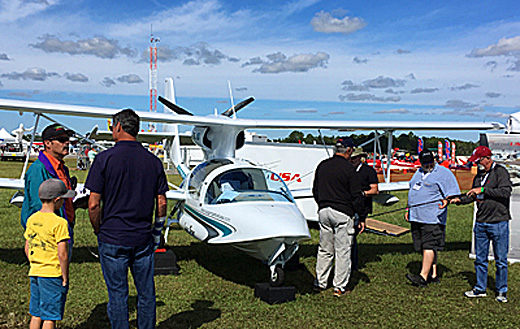
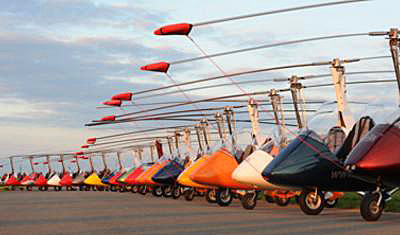 Over many years, you have found
Over many years, you have found 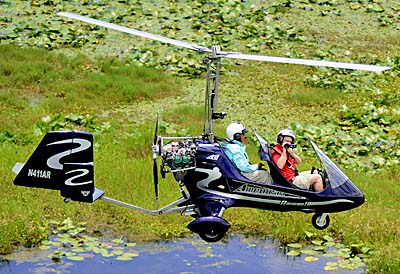
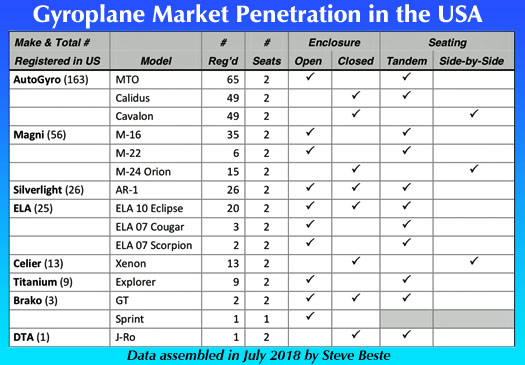 As you can see,
As you can see, 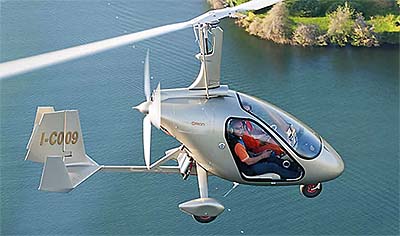
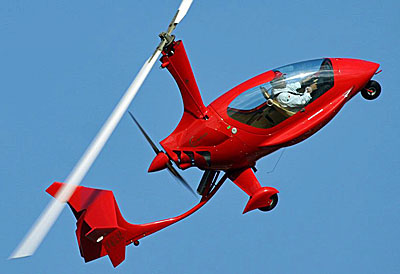
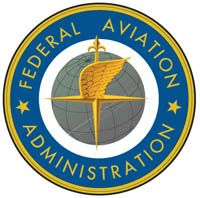 "[However, FAA's] data is not clean," Steve observed. I am well aware of this problem. Uncertainty about data accuracy of "alternative" LSA is why we have reported fixed wing Special LSA, only offering guesses for weight shift trikes, powered parachutes, gyroplanes, motorgliders, and more.
However, we hope that will now change and our market share reporting will be more inclusive. Hurray!
"[However, FAA's] data is not clean," Steve observed. I am well aware of this problem. Uncertainty about data accuracy of "alternative" LSA is why we have reported fixed wing Special LSA, only offering guesses for weight shift trikes, powered parachutes, gyroplanes, motorgliders, and more.
However, we hope that will now change and our market share reporting will be more inclusive. Hurray!
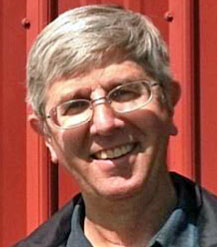 Problems in FAA's database is not caused by incompetent clerks. Agency personnel must sort through inconsistently-reported aircraft. If, as Steve pointed out in one example, the registered name of the aircraft is slightly different, it won't show up on a casual investigation.
He added, "There's no end of that kind of thing …just so we know the limitations on this exercise. But with that understanding, I love this kind of thing, I have the skills to do it, and would be honored to support your good work for the sport." All such reporting will be available on the home page when fresh and catalogued on its own space found by
Problems in FAA's database is not caused by incompetent clerks. Agency personnel must sort through inconsistently-reported aircraft. If, as Steve pointed out in one example, the registered name of the aircraft is slightly different, it won't show up on a casual investigation.
He added, "There's no end of that kind of thing …just so we know the limitations on this exercise. But with that understanding, I love this kind of thing, I have the skills to do it, and would be honored to support your good work for the sport." All such reporting will be available on the home page when fresh and catalogued on its own space found by 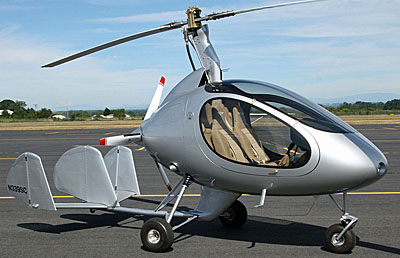 Chuck's son Jim Vanek took over the business and revamped the Vancraft designs. He said his "award-winning, world’s-first, two-place gyroplane took the prestigious Charles Lindbergh award at the Oshkosh airshow in 1985." The company also reports his Sport Copter II design was voted as one of the Top Ten Best Designs at AirVenture in 2011.
An airshow performer, Jim said he wrote the parameters and guidelines for gyroplane looping for the FAA in 1998 after performing the world’s first loop in a conventional gyroplane, in 1997. The company's website reports, "He is the only gyro pilot in the world that holds an International Council of Air Shows card for gyroplane looping and rolling." Don't even think about trying this yourself, however.
Chuck's son Jim Vanek took over the business and revamped the Vancraft designs. He said his "award-winning, world’s-first, two-place gyroplane took the prestigious Charles Lindbergh award at the Oshkosh airshow in 1985." The company also reports his Sport Copter II design was voted as one of the Top Ten Best Designs at AirVenture in 2011.
An airshow performer, Jim said he wrote the parameters and guidelines for gyroplane looping for the FAA in 1998 after performing the world’s first loop in a conventional gyroplane, in 1997. The company's website reports, "He is the only gyro pilot in the world that holds an International Council of Air Shows card for gyroplane looping and rolling." Don't even think about trying this yourself, however.
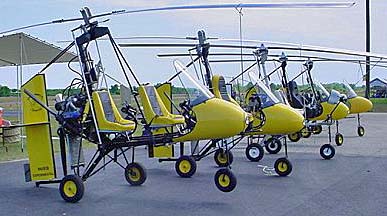 The company said, "We offer 22 thru 28 foot rotor blades of our own design with a lift capability from ultralight thru 1,200 pounds gross weight." They added, "We are the only manufacturer that test flies all blade sets prior to shipping." For export, Rotor Flight will fully build their aircraft but in the USA, FAA will only permit them to deliver kits, the same as all gyroplane producers.
As with all the modern gyroplanes, Rotor Flight uses a substantial tailplane. "The Dominator [series of one and two-place machines] incorporate the Tall Tail design for stability." Asked how their product differs, the company's website states, "What makes the Dominator so unique is its high profile design. It sits up very high off the ground."
The company said, "We offer 22 thru 28 foot rotor blades of our own design with a lift capability from ultralight thru 1,200 pounds gross weight." They added, "We are the only manufacturer that test flies all blade sets prior to shipping." For export, Rotor Flight will fully build their aircraft but in the USA, FAA will only permit them to deliver kits, the same as all gyroplane producers.
As with all the modern gyroplanes, Rotor Flight uses a substantial tailplane. "The Dominator [series of one and two-place machines] incorporate the Tall Tail design for stability." Asked how their product differs, the company's website states, "What makes the Dominator so unique is its high profile design. It sits up very high off the ground."